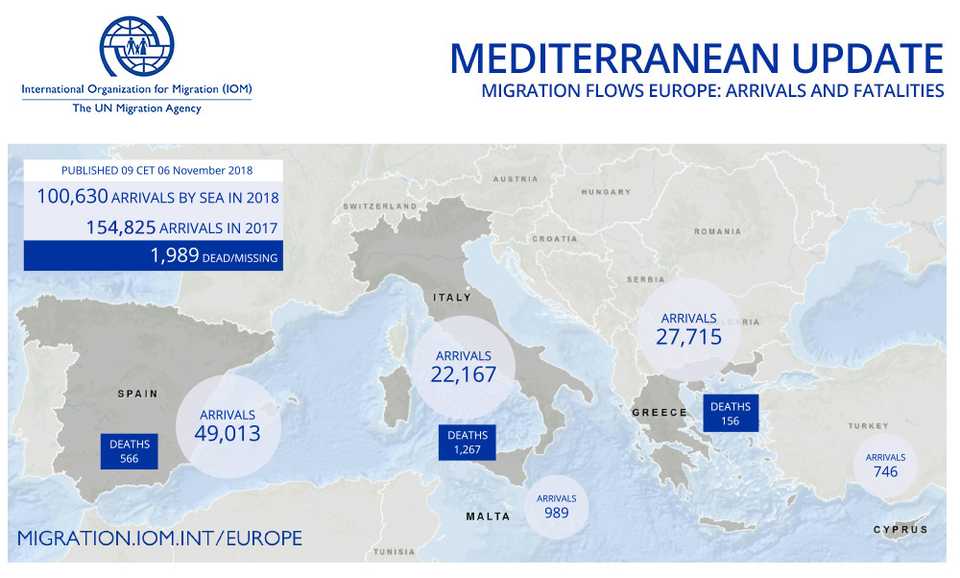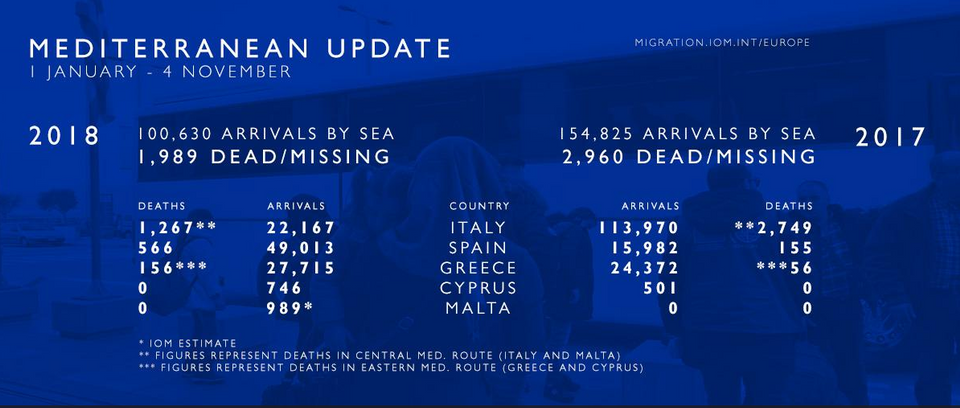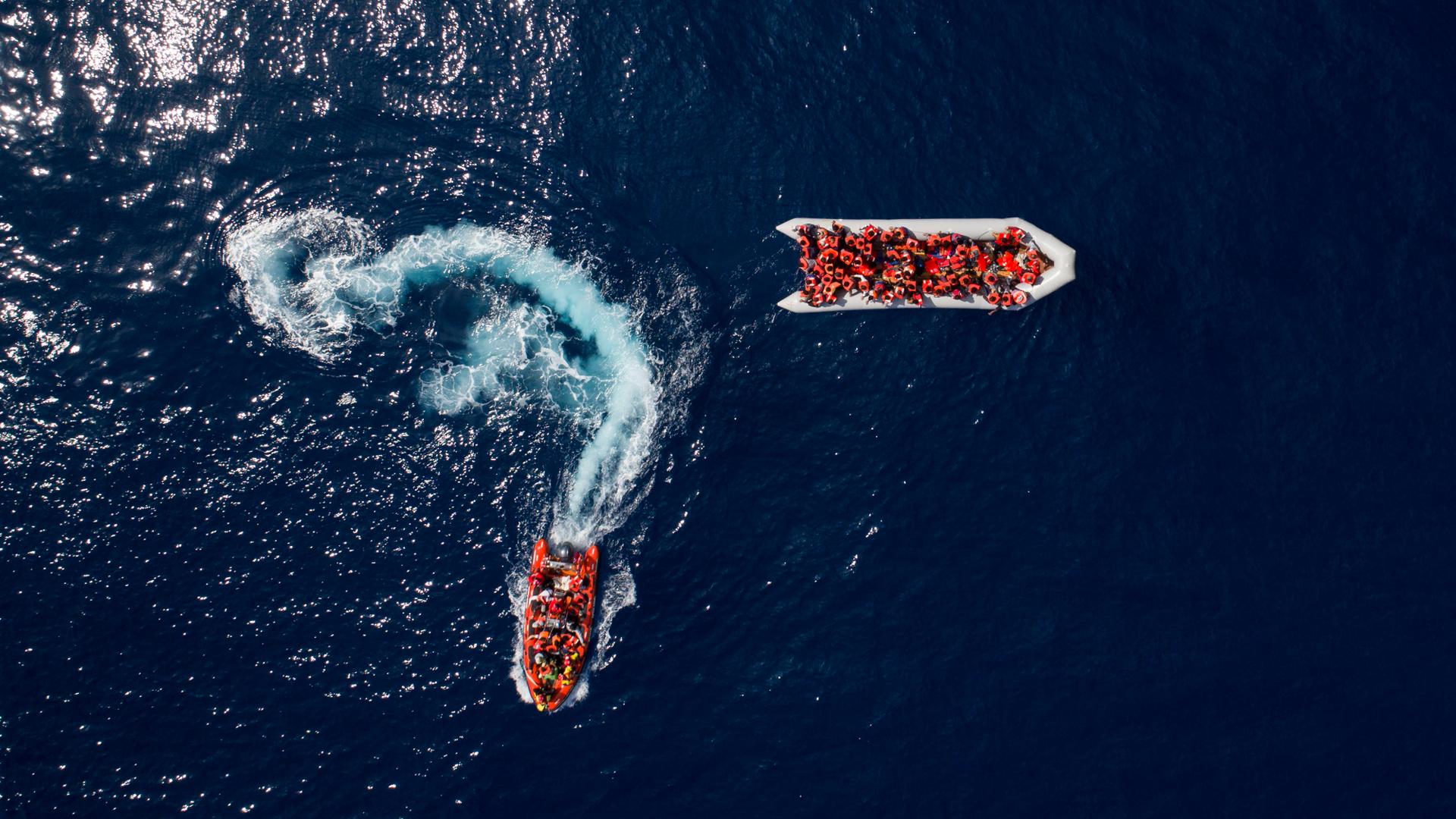The number of refugees making their way to Europe has seen a dramatic decline since its peak in 2015.
In 2018 alone slightly more than 100,000 migrants came to Europe.
According to the International Organization for Migration (IOM) the route for many migrants is still through the Mediterranean.
Authorities recorded around 155,000 non-Europeans coming to Europe as refugees or illegally in 2017. Whereas in 2016 the numbers stood at 338,000.
There has been a dramatic decline in refugees and migrants coming to Europe from a peak of one million in 2015.
The Eastern Mediterranean Route
The decline in refugees is mainly related to Syrians. More than 49 percent of refugee arrivals in Europe in 2015 – when the Syrian war was at its bloodiest – were from Syria.
Due to the EU-Turkey refugee agreement in March 2016, the Eastern Mediterranean Route via the Aegean Sea became an unattractive route for smugglers.
Turkey, however, continued to host more than three million refugees, predominantly from Syria.
Turkey, through its intervention in Syria, has created safe zones and according to Turkey’s Directorate General of Migration 162,000 Syrians have returned.
Fewer refugees and migrants passing Turkey means fewer refugees heading to Europe.

Italy’s New Policies and the Central Mediterranean Route
Matteo Salvini, the interior minister of Italy since June 2018, started criminalising NGOs helping migrant boats from drowning.
The new government reasons that those NGOs contribute to illegal smuggling.
Further, new regulations deny civil organisations any access to Italian harbours.
And a deal was reached between the Italian government and its Libyan counterpart, supported by the EU, recognising Libya as a “safe third-party country.”
That’s why migrants coming to the EU via Libya as their final step aren’t in most cases identified as refugees.
Observably, Malta, which is close to the southern shores of Italy, became a destination for refugees in 2018, whereas the numbers were zero in 2017.
However, the major shift took place on another EU member country: Spain.
The Western Mediterranean Route
Whereas the numbers declined for the Eastern and Central Mediterranean routes, there is an increase from 15,000 to 49,000 in one year in the case of the Western Mediterranean route.
Most of the migrants and refugees, therefore, reached Spain this year.
After anti-migrant policies taken by the Italian populist government and a mostly successful EU deal with Turkey, the Strait of Gibraltar became more attractive for smugglers – and for migrants who are hoping to reach Europe.

First and foremost, the Strait cutting Spain from Morocco is 58 km long and at its narrowest is 13 km.
According to Dr Leronzo Gabrielli – research fellow at the Universitat Pompeu Fabra – Brussels shifted its focus on the refugee issue towards Spain, “allocating €55 million [to Spain] to secure Moroccan and Tunisian cooperation on controlling migrant flows to Europe.”
Dr Gabrielli writes that there is the possibility that Morocco might have played a role in the rise of migrants crossing the Strait of Gibraltar to put pressure on the new Spanish government to renegotiate political measures and financial support.
However, as Moktar Lamani – former OIC ambassador to the UN – said to TRT World, “The [migration] problem is much more complicated and does not only concern Morocco and the whole North Africa.”
Even if there is a critical decrease in migrants and refugees crossing the Mediterranean Sea, the issue remains.










Discussion about this post